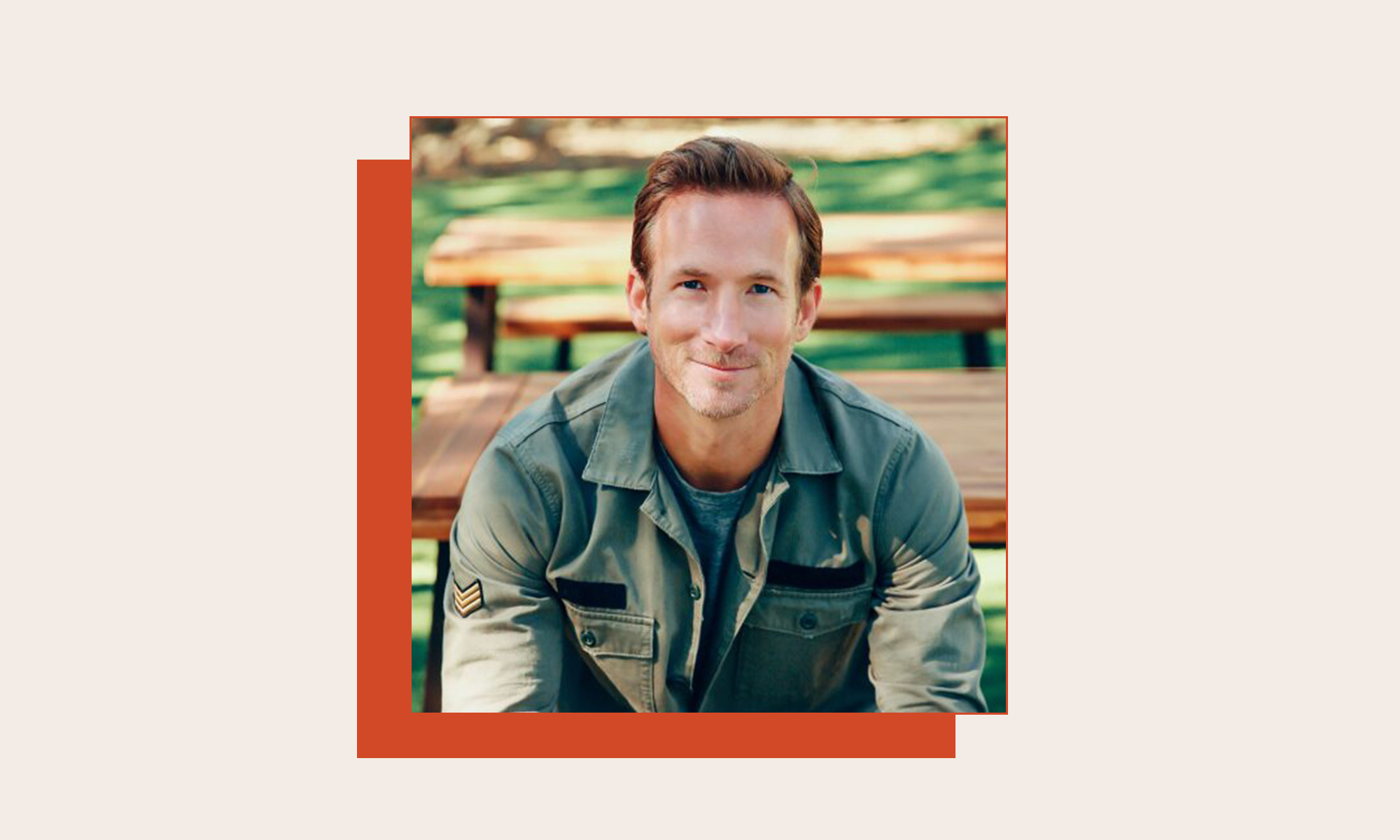Harvard expert on the worst thing about New Year’s resolutions—and how to beat it: ‘A profound loss of energy’
Harvard's Lisa Lahey, an expert on our innate aversion to change, shares why so many New Year's resolutions are doomed to fail — and why that's OK.

Harvard expert Lisa Lahey's research is driven by a truly shocking statistic: When doctors inform heart patients they'll die without changing ingrained habits, only one in seven will successfully change their ways.
Even against literal life or death, humans have an innate aversion to change — and Lahey, who wrote the book "Immunity to Change," wants people to understand how that aversion manifests in everyone's life as they embark on any new goals in 2023.
"People have a very misguided notion that you can actually change fast. It's just not true," Lahey says. "You really need to give yourself more space."
In Lahey's eyes, the worst thing about New Year's resolutions isn't the fact that we "fail" to fulfill them. The tragedy, she says, is that all too often we criticize ourselves when we come up short, despite decades of research proving just how resistant to change we are.
"It's like people drink the Kool-Aid, [and think] 'If I really intend to make this goal happen, and I can't, I'm a loser. There's something wrong with me,'" she says. "I think it's just a profound loss of human energy."
"So much of that has to do with the fact that people don't recognize and sufficiently respect that there are powerful forces at play that are [operating] at an unconscious level that make it hard for us to change," Lahey continues. "There's nothing shameful about that."
Yet none of this is to say that change is impossible. Certain New Year's resolutions could be easy to stick with, Lahey points out. For example, if someone who never thought about what they ate or how much they exercised finds their metabolism slowing with age, it might not be difficult to start making healthier choices.
The trouble kicks in when there's an underlying belief system that we're not seeing that's actually blocking us from sticking through with our goal.
Lahey says if you've tried multiple times to change the same behavior and have yet to see it stick, that's a telltale sign that there's something else is going on behind the scenes.
But fear not: With decades of research to back it up, Lahey has developed an entire roadmap on how to identify — and overcome — our "immunity to change."
Breaking our resistance to change
Lahey recently walked through what this looks like in practice on a recent episode of bestselling author Brené Brown's podcast — and it's an illustrative example of Lahey's teachings in action.
The process has four primary steps. First, you have to identify your actual improvement goal, and what you'd need to do differently to achieve it.
Brown's goal seemed straightforward: She wanted to be more disciplined in scheduling regular meetings with her team, which she called "mission critical."
Next, Lahey says, you need to look at your current behaviors that might run counter to your goal.
Here, Brown had a whole host of examples: She canceled and rescheduled meetings too often; she removed herself from meetings at the last minute; she overscheduled.
"But the thing that really got her attention was [when] she said 'I consistently say 'yes' to the one-off [meetings]," Lahey added, which was contributing to Brown's sense that meetings were a waste of time.
That kind of insight is critical, Lahey points out, because it's at this point in the roadmap that people typically think they see what the problem is — only to find themselves tackling a sliver of the real issue at hand.
"They go at the behavior change at this very concrete, direct level," she says. "What my work says is, if you can make the change that way, you should do that … but for many people, that doesn't work, because the behavior is actually serving a really important [competing] goal they have."
That leads to step three: identifying your hidden competing commitments.
"What Brené ended up discovering [in step three] was basically she has a part [of herself] which is very connected to wanting to maintain a kind of vigilance around keeping her creative time," Lahey says.
It's at this point in the roadmap that people can identify a much larger underlying assumption about how the world works that has actually been driving their resistance to change all along.
For Brown, it was an assumption that meetings were mundane and creativity-sucking. She didn't want to get dragged down by details — and thus, she bailed out on meetings as a way of preserving her creative time, which she saw as more important.
Unlearning our assumptions
Lahey says that when she walks people through their own "Immunity to Change" roadmap, the final column is "almost always" unrelated to the column one, much like Brown's.
By way of example, she cites a mother whose first column said she wanted to exercise more — while her fourth column was all about the guilt she felt anytime she left her kids.
Unlearning these kinds of assumptions won't necessarily happen overnight, Lahey says, but it's possible to start shifting your mindset by creating "a valid test of your beliefs."
That's going to look slightly different for everyone. For the mother who was worried a more rigorous exercise routine would lead to resentment from her children, that test was simple: She started going on walks while a caregiver looked after her kids.
When she returned, the kids were fully engaged in their own activities: happy to see her, sure, but completely fine occupying themselves.
That was all the permission she needed to start taking care of herself in more ways than one, Lahey points out. "She started to feel literally physically better about herself and how she was parenting," she adds.
And that's the key behind all of this work. Everyone will feel a lot better — and potentially stick through with the changes they've been trying to make — if they would start by being a lot easier on themselves, Lahey says.
"The big gift in all of this work, to me, is to provide the possibility that people can feel less shame — and ultimately release the shame they feel from not being able to make change happen — because they've been using the wrong model, the wrong tool," she says. "It would just never work, so you can release that."
"There's just so much commonality because fundamentally we are human," she adds. "We are all in this big boat together."
Want to earn more and work less? Register for the free CNBC Make It: Your Money virtual event on Dec. 13 at 12 p.m. ET to learn from money masters like Kevin O'Leary how you can increase your earning power.
Sign up now: Get smarter about your money and career with our weekly newsletter

 Lynk
Lynk 
























![How To Win Brand Visibility in AI Search [Webinar] via @sejournal, @lorenbaker](https://www.searchenginejournal.com/wp-content/uploads/2025/09/2-222.png)
.jpg&h=630&w=1200&q=100&v=6e07dc5773&c=1)





